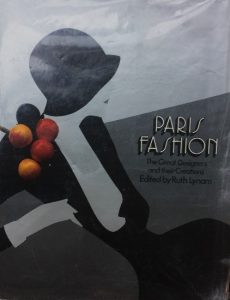
Lynam, Ruth (1972) Paris Fashion, The Great Designers and their Creations, London; Micheal Joseph Ltd
Within this book it documents the many different fashion houses within Paris in the late 19th century and how today’s generation are following more of the ‘ready to wear’ fashion rather than bespoke couture garments that were once very popular amongst the wealthy, upper-class.

Marie Claire (2015) A Brief History Of French Fashion available from: http://www.marieclaire.co.uk/fashion/a-brief-history-of-french-fashion-34032 (Accessed 25th of October 2017)
I then found a Marie Claire article on the history of French fashion where it discusses the rise of Paul Poiret from an apprentice to an umbrella maker, to one of the most influential designers within Paris history who banished the corset. The article talks about many different influential couture designers throughout the 19th century within Paris such as Elsa Schiaparelli who developed the wrap dress and made the zipper into a fashion statement not just a way of fastening a garment. Chanel is also featured within this article, as many of her designs were revolutionary and paved the way for other designers to push the boundaries of the fashion world. It talks about how she incorporated Jersey fabric within her designs and how at the time this was very controversial as Jersey was only used for men’s underwear.
Being that my last two sources discussed Haute Couture and its designers I thought it would be interesting to read about how the industry has changed throughout the years. I found a news article written by the telegraph about how the industry of couture could be dying out as the popularity of ready to wear garments are rising. There’s one quote from one of Jean-Louis Scherrer’s colleague where he describes the effort and cost to making a dress and the price that he managed to sell it for ‘over half a mile of gold thread, 18,000 sequins, and had required hundreds of hours of hand-stitching in an atelier. A fair price would have been £50,000, but the couturier could only get £35,000 for it’.


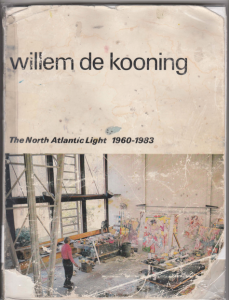
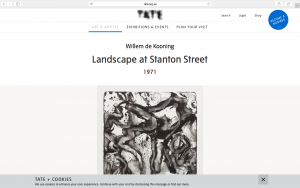

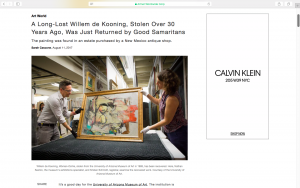
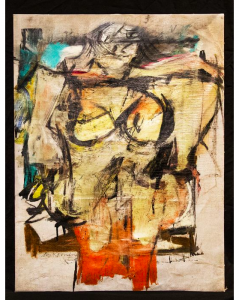

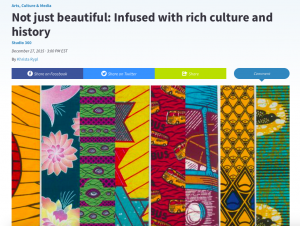
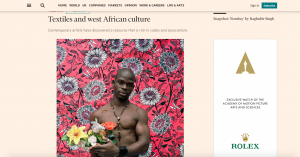

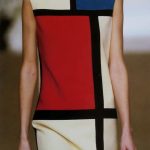
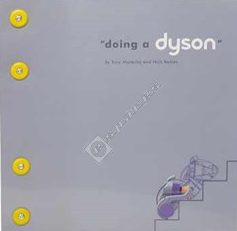
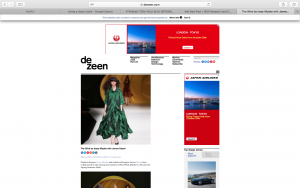
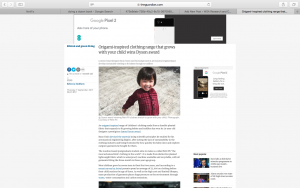


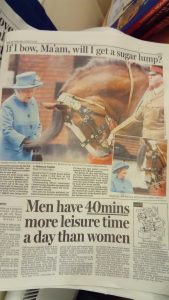

![V&A (2017) Jacket | Bowery, Leigh Available from: http://collections.vam.ac.uk/item/O1176956/jacket-bowery-leigh/ [Accessed 19 October 2017]](http://blog.soton.ac.uk/rcs/files/2017/10/Screen-Shot-2017-10-19-at-18.49.15-300x189.png)
